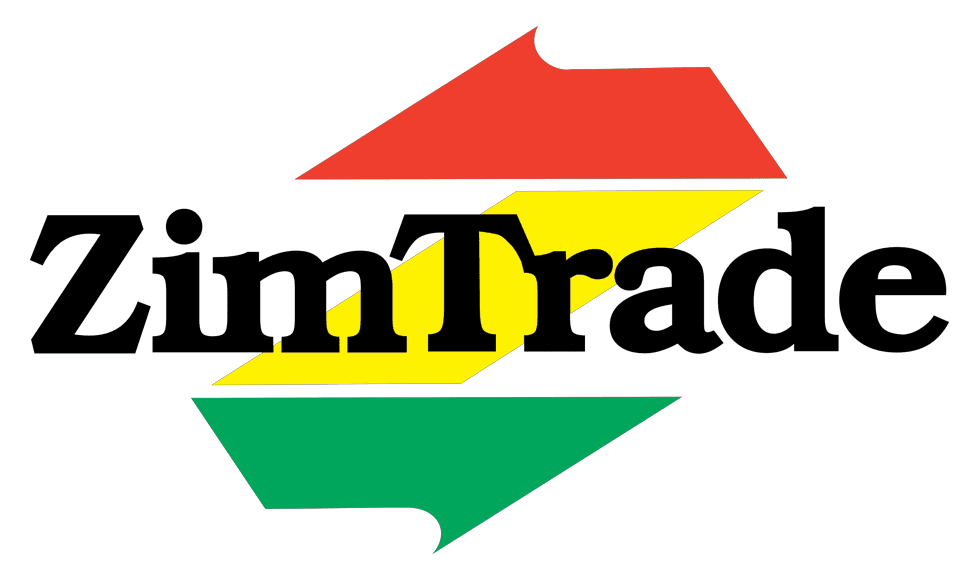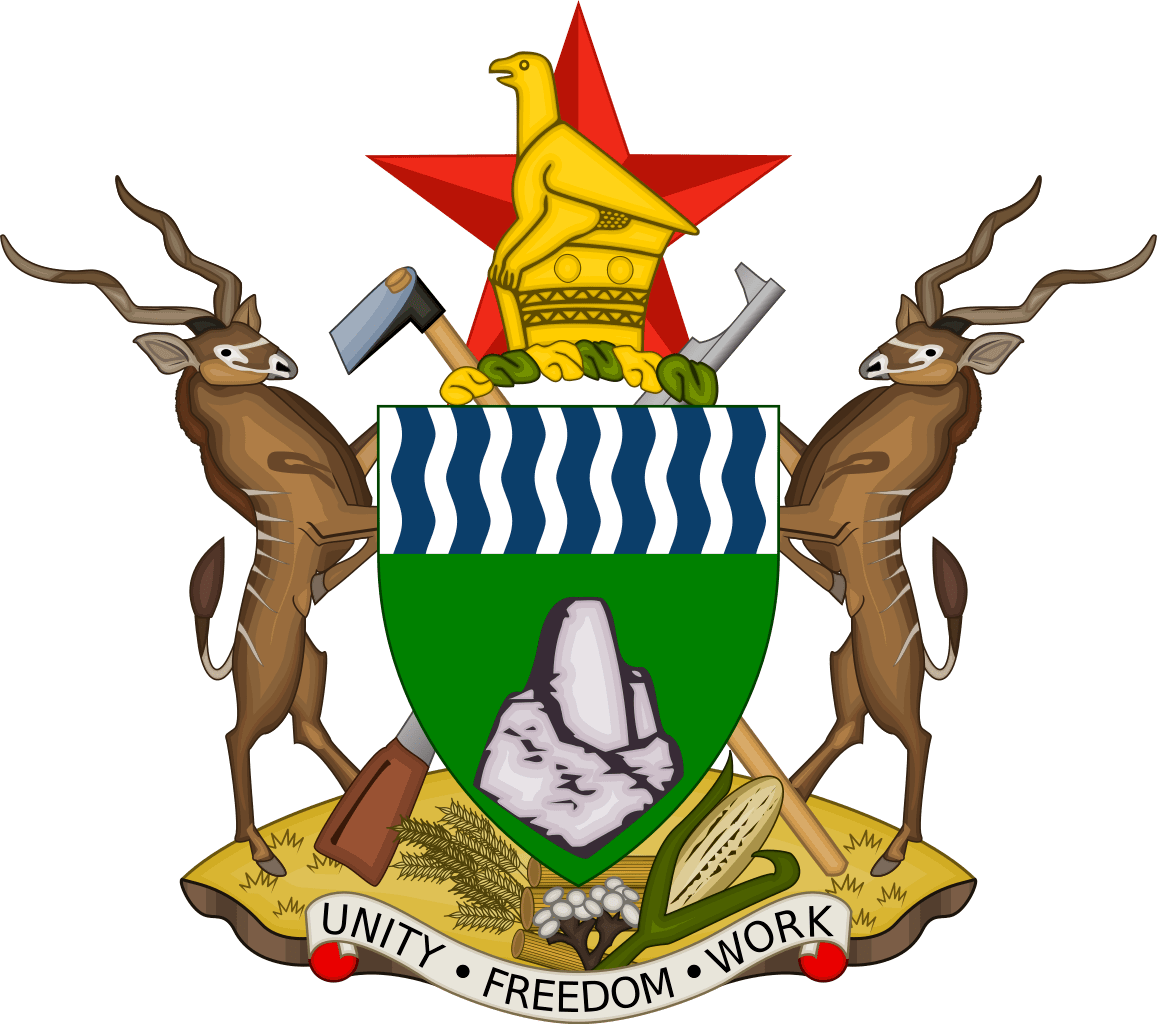Ms. Linda Munsaka (not her real name), a basket weaver from a small village in Binga, comes from a long line of female weavers in her family who have lived off the craft for generations.
Together with dozens of other women from neighbouring villages, they have been supplying the local market, with some of the baskets targeted for markets in Bulawayo, Victoria Falls, and Harare.
The key selling point for their baskets is that its more about the Tonga culture, hence in the basketry market, it is referred as the Tonga basket.
Thanks to current efforts by President E.D Mnangagwa’s Second Republic to open new markets for diversified Zimbabwean products, there has been a growing interest in local crafts in international markets.
The demand for Zimbabwe’s exports from the sector, including Ms. Munsaka products has been on an upward growth trend over the past few years, and more products are being sought by leading buyers in international markets.
Although the sector has been making positive strides and some crafts from Binga are already in international markets, Ms. Munsaka and some of women in her village have little to show from their work.
This is because most of the exports have been done by middlemen from bigger towns, who, in most cases, often visit Binga to exchange crafts with groceries and clothes.
Due to this under-pricing, Ms. Munsaka and other female crafters in Binga have received little from the unique products that they spend weeks creating.
To address this challenge, ZimTrade – the national trade development and promotion organisation – has been creating platforms to link international buyers directly with actual producers of the crafts.
For example, ZimTrade facilitated the participation of local groups of art producers at the Ambiente trade fair, the largest arts and crafts exhibition in Germany.
Linking with buyers is, however, one leg of the export journey as crafters need to produce products that meet buyer requirements.
Capacity building is a crucial intervention that should help bridge the gap between local crafters such as Ms. Munsaka and other female crafters in Binga and international buyers.
With buyers seeking functional art, most inquiries coming through for local arts and crafts are varied and numerous, and to decide on which colours, shapes, sizes to pursue is an involved process which needs crafters to deploy both financial resources as well as time.
This challenge is not only peculiar to weavers in Binga but to most of the centres around Matabeleland who share a similar weaving style of producing the baskets in mostly brown natural tones.
This has presented a unique challenge for the talented crafters; for example, the traditional Binga/Tonga basket is round and takes its natural light to dark brown colour tones from the Illala Palm which is the main raw material used.
Whilst the traditional Binga/Tonga basket is rooted in local culture and producers have been accustomed to specific production processes that have been passed from generation to generation, producing for the current crop of consumers in international markets is proving to be a challenge to some.
This is because, although the baskets have a unique space in the markets, there are consumer dynamics in the markets that needs local producers to consider and incorporate in local designs.
To address this challenge for the weavers in Matabeleland North, ZimTrade recently engaged the services of a design and product development expert from its Netherlands-based partner, PUM, to share knowledge and skills in a technical intervention programme for the Handicrafts Cluster on how best producers in the province can meet requirements of consumers in Europe and other international markets.
This is in line with feedback received from local exhibitors participating in ZimTrade led international trade fairs.
It is worth noting however, that the information shared during the two-week long engagement this February with each of the cluster members in the five districts, applies not only to the arts and crafts, but also to various other industries and sectors where companies seek to pursue new product development as a strategy for excelling in export markets.
Analysing Trends
It is important for any company wishing to develop new products to first seek to understand the changing trends followed by their customers.
A trend can be simply defined as what is ‘popular or fashionable at a time’, and in industries such as in fashion and décor, trends change more often than in other industries.
Local arts and crafts producers, must deliberately find the trends that they can tap into and develop new design that will fit into the new trends.
Such trends present good opportunities for local exporters to tap into with fitting products, and these trends can be found through doing a simple online search in lifestyle magazines, journals, blogs and from viewing home décor shows on international media and on social media sites such as Instagram.
Producing arts and crafts for known tastes, styles and requirements will make it easy for products to find potential buyers.
For example, some of the current trends in basket weaving that increases appeal of product include fusing different materials, including leather, in the development of the product.
Building recognisable brands known for consistently superior quality was also said to be a good way of locking down higher value clients.
For local weavers, the PUM expert noted that the shape, sizes, textures, materials used, and overall functionality of the product is a key determinant factor that will affect purchase.
Understanding Buyer behaviour
Woven crafts appeal to a certain market and within that market, there are a lot of options which buyers must choose from, and in order to stand out, local crafters must first understand the considerations made by buyers in buying, such as the price of the product.
A number of factors affect the final product prices and these may include but are not limited to production processes, raw materials used, shipping and handling costs, general market prices, demand for product among a host of others.
There are a number of costs incurred by buyers before the product lands on the shelf and these include storage, handling, merchandising and other costs which are usually added onto the final price and are borne by the final end user.
Crafters are therefore encouraged to consider using designs, patterns and products that will be profitable for them as the producers but also affordable for the final end-user for whom the buyer procures the handicrafts.
Where similar products take the same amount of time to produce such as a fruit bowl and a lamp shade, crafters are encouraged to opt for the lampshades that would ordinarily fetch higher prices than simple basket fruit bowls.
Regulations also affect buyer decisions, depending on the product and the markets they operate in.
For example, issues around sustainable use of natural resources are changing how buyers purchase arts and crafts in international markets, with some opting for products made with recycled materials that are touted to save the environment.
Crafters must then be well versed with the regulations and other global dynamics which affect buyers’ attitude towards products.
Marketing new products
With the internet connecting people beyond borders, effort must be put into marketing newly developed products.
This can be through establishing websites, social media pages, cold calling or emailing buyers to announce the new designs.
Creating online brochures and catalogues also helps drive orders, but the photography used should be high quality.
Participating in relevant trade fairs and export promotion events such as those organised by ZimTrade is highly encouraged.
Obtaining Product Certifications
To protect themselves, buyers are then more attracted to products that have certifications from recognisable international bodies such as FairTrade, as these assure both the buyer and the end user that the products are safe and that fair production methods were used in producing the crafts, where people, animals and the environment were not harmed in the process.

Increasing agrochemical exports to African markets
The prioritization of agriculture by President E.D Mnangagwa’s Second Republic






